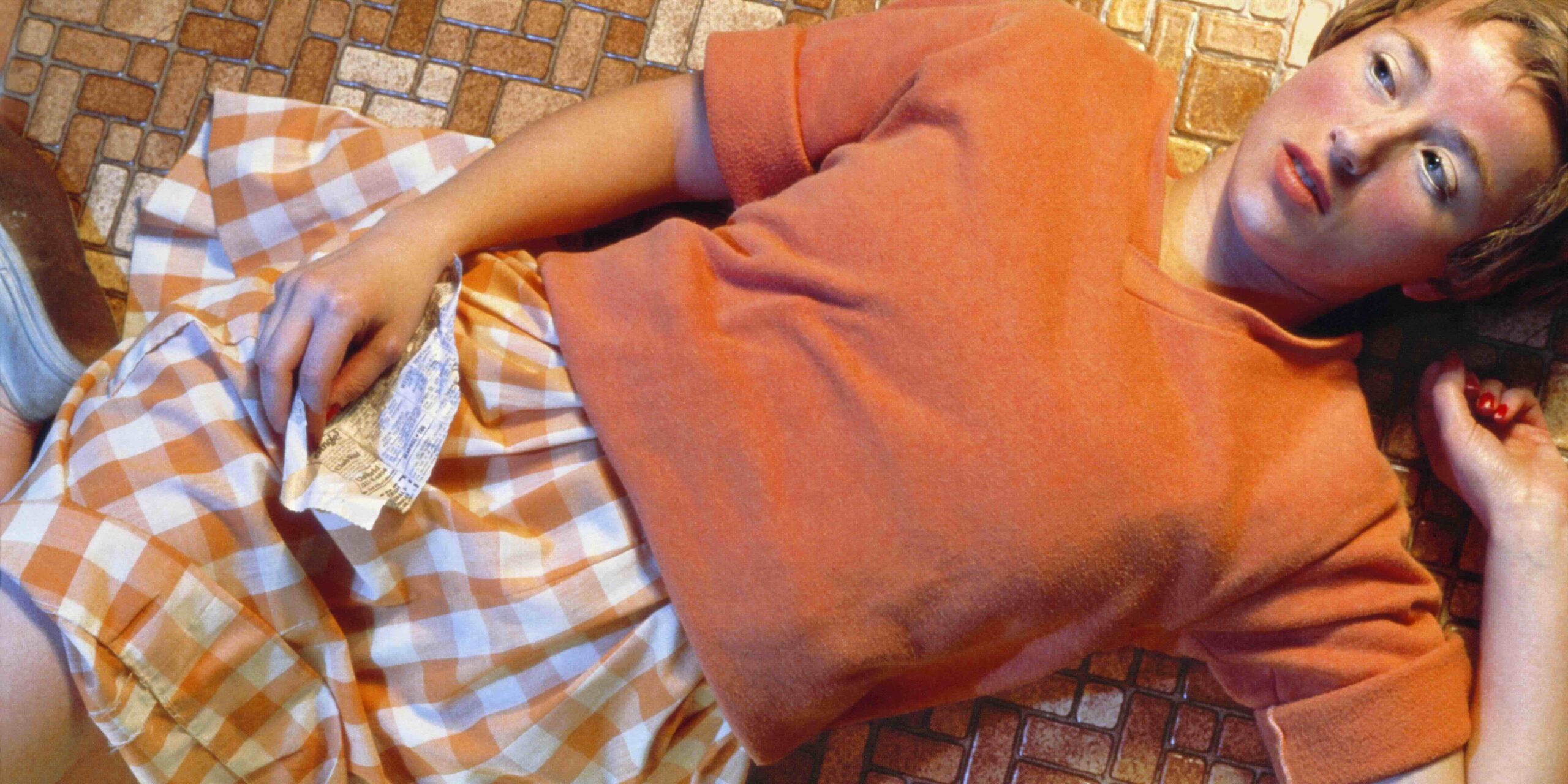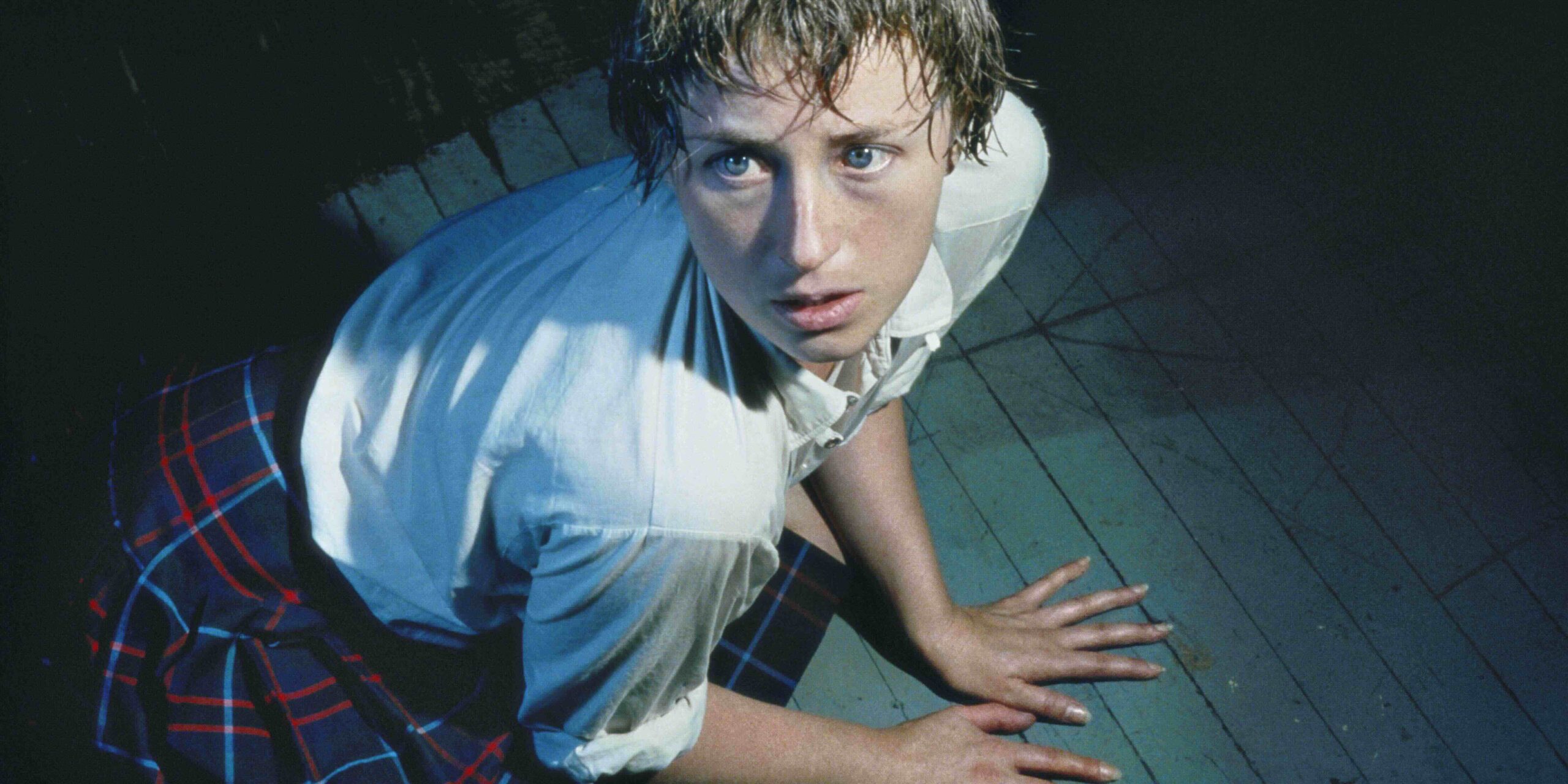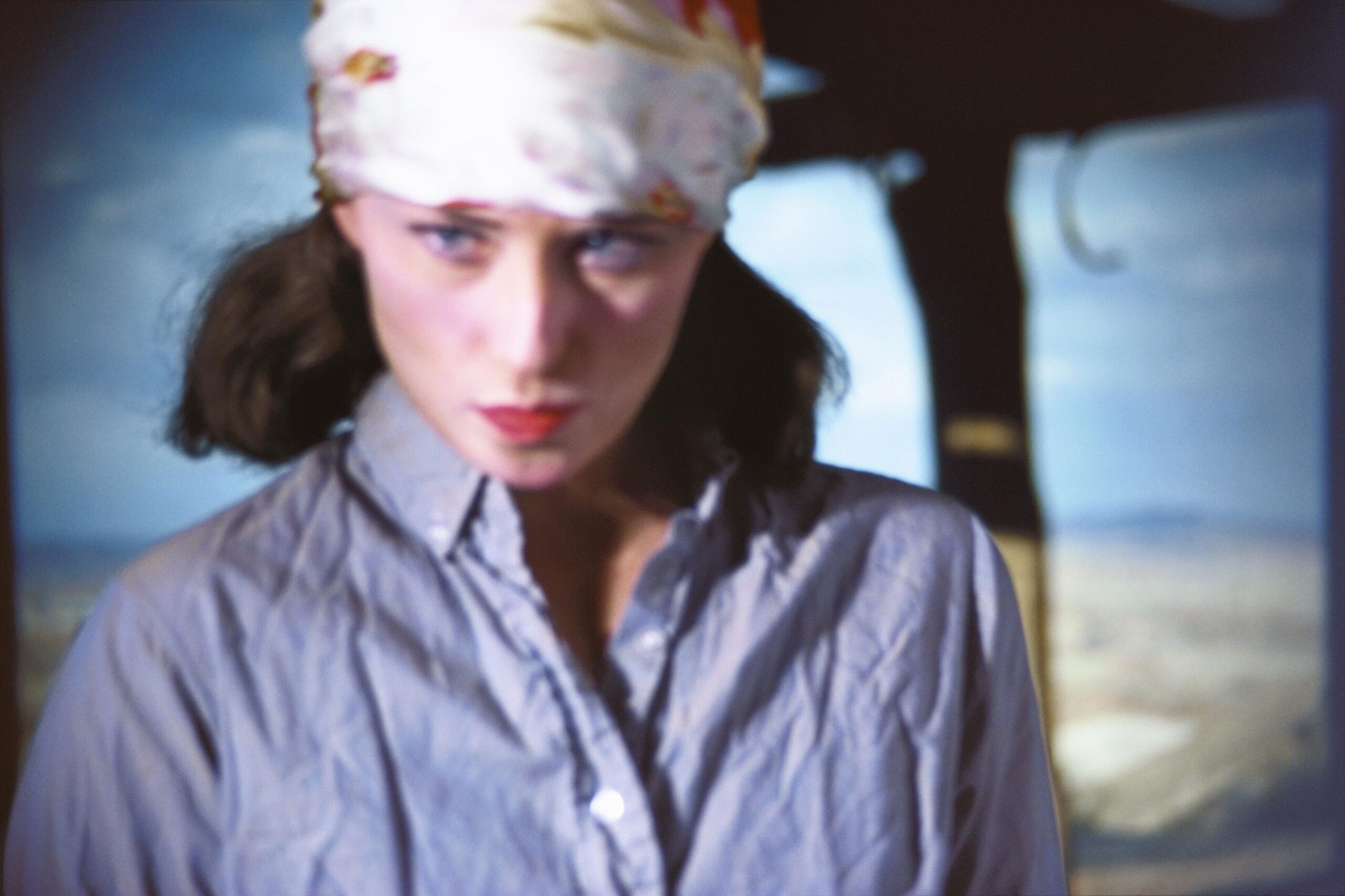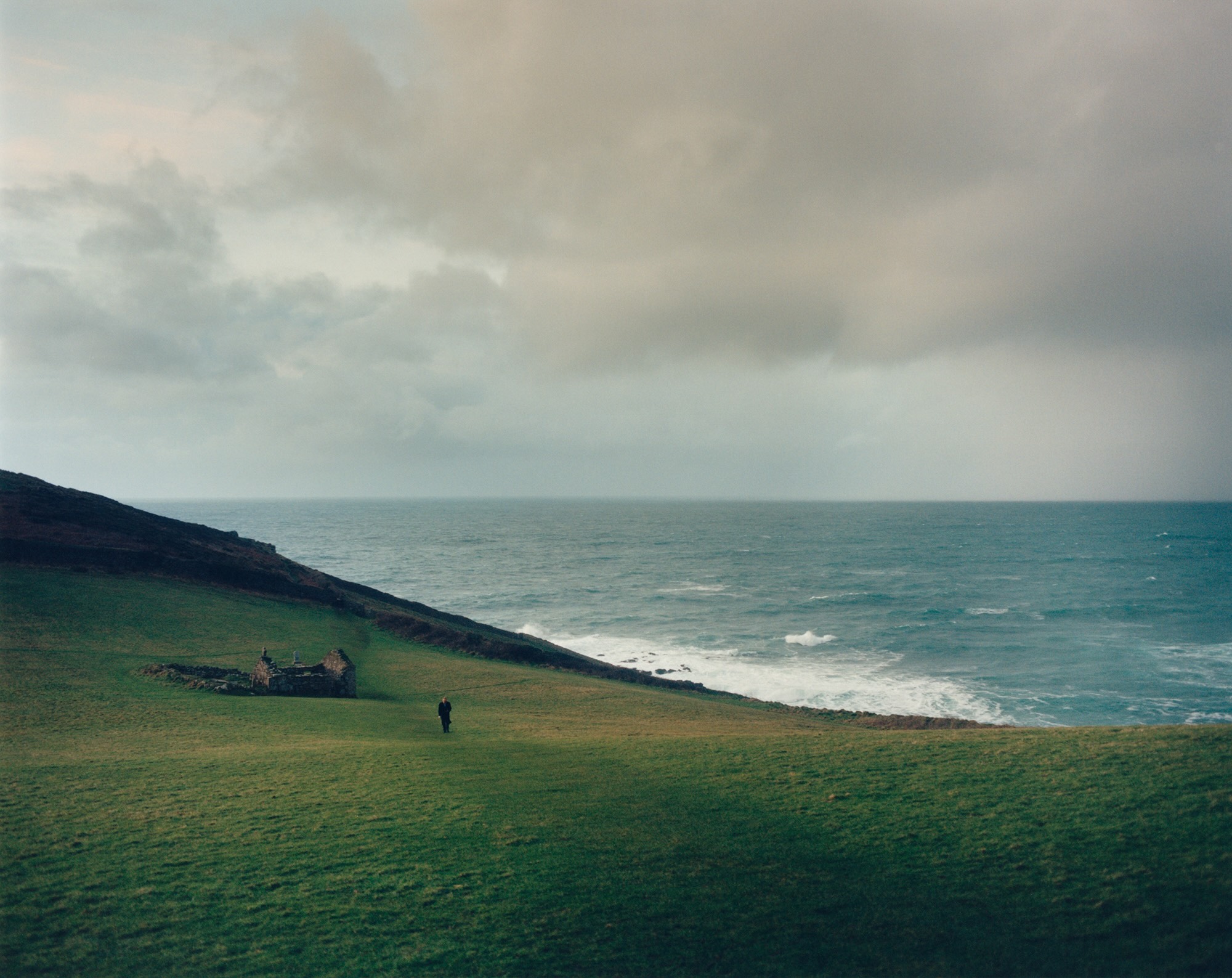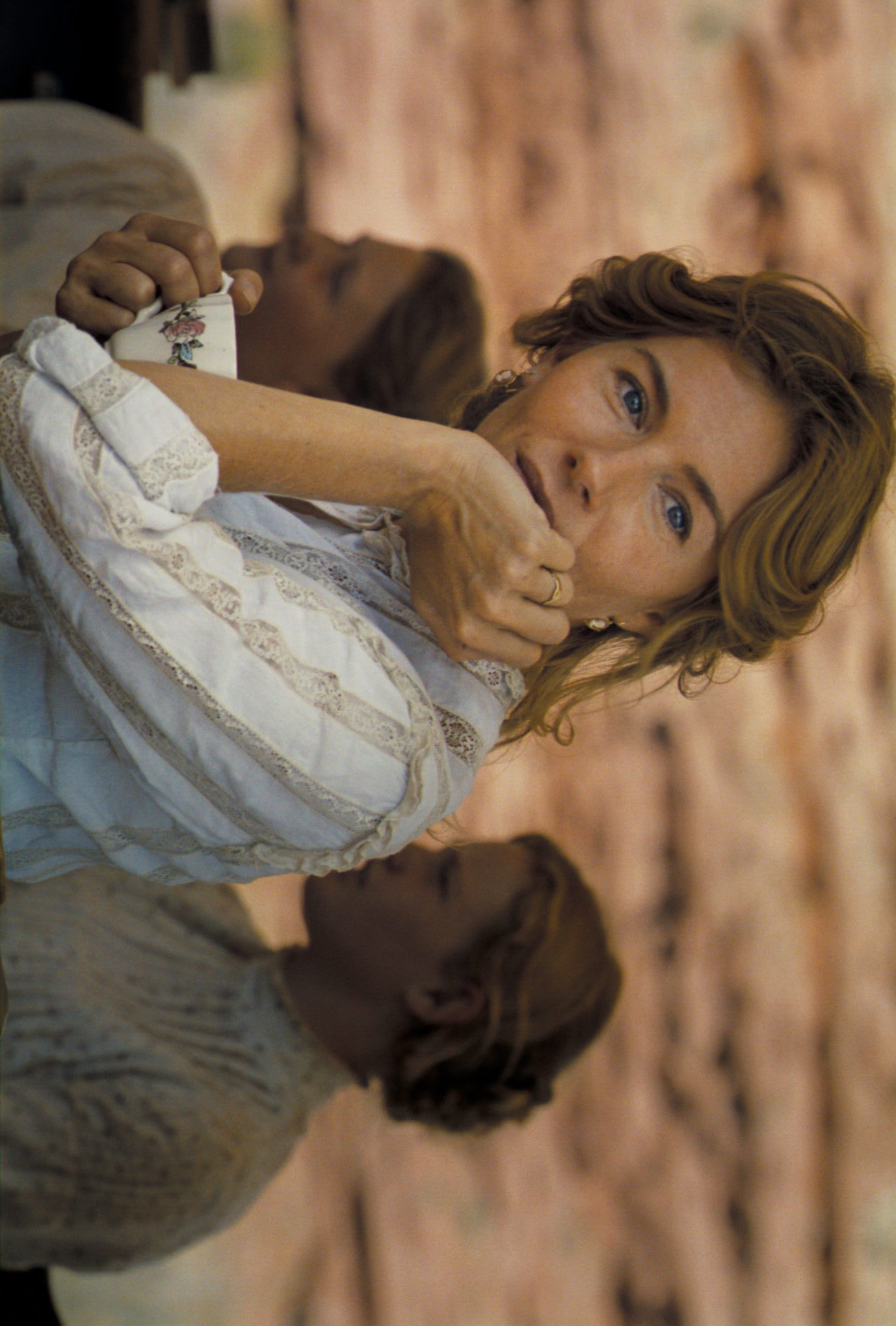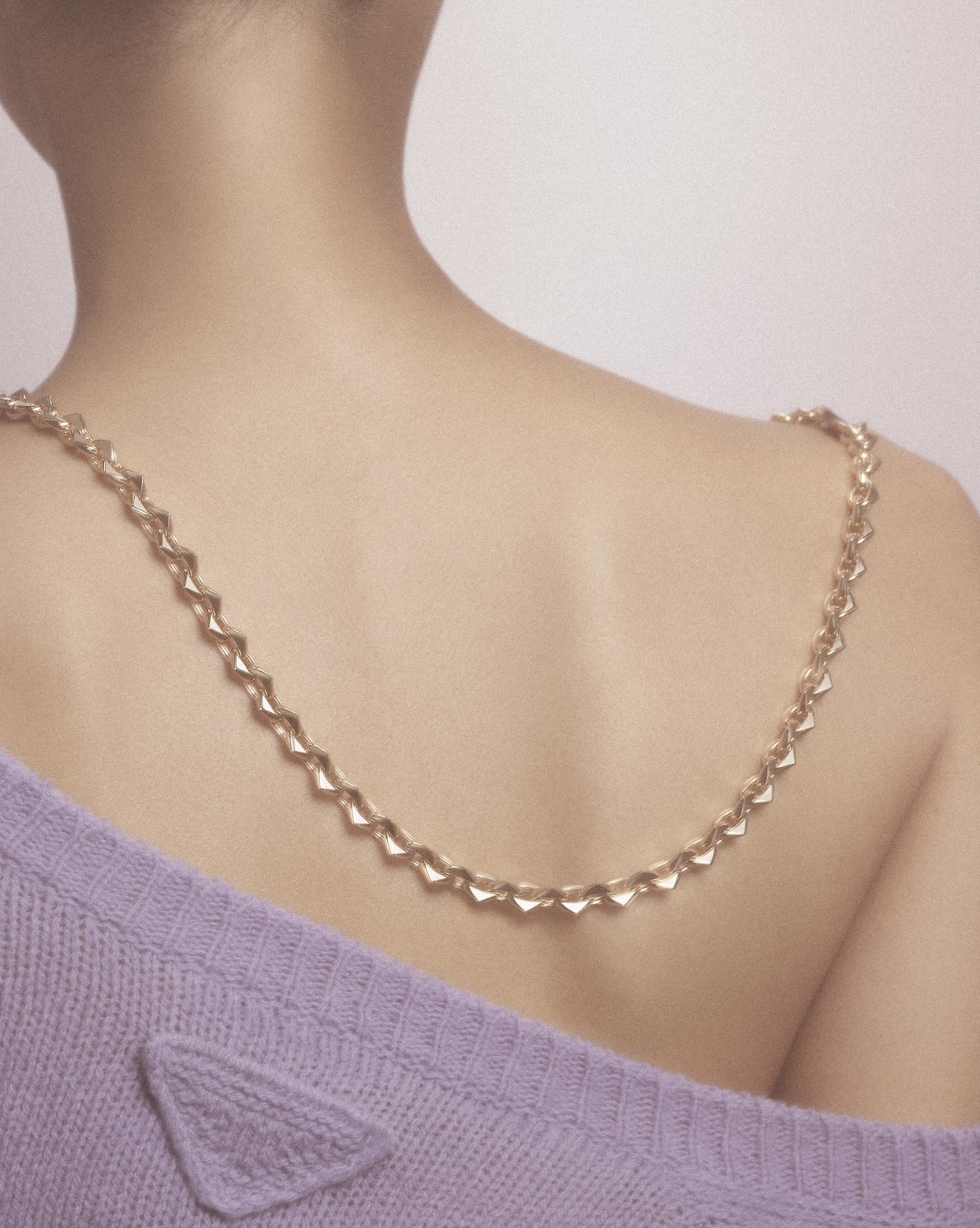Born in 1954 in Glen Ridge, New Jersey, Cindy Sherman has explored for more than forty years a vast plurality of themes related to the representation of women in the contemporary era. She came to prominence in the late seventies as part of the Pictures Generation group – along with artists like Sherrie Levine, Richard Prince, and Louise Lawler. Sherman first turned her attention to photography during her studies at Buffalo State College. In 1977, shortly after moving to New York, she began the series Untitled Film Stills. Here Sherman continues to transform and reconstruct familiar figures in the collective psyche, often in disturbing ways, and by the mid to late eighties, the artist’s visual language began to explore the more grotesque aspects of humanity through the lens of horror and abjection, as seen in Fairy Tales (1985) and Disasters (1986-89).
Towards the end of the twentieth century, a non-essentialist cultural thesis began to emerge among feminist theories, supporting the concept of gender as a sociocultural construct. As part of this movement, traditional art history canons were strongly criticized for the lack of female artists and the widespread use of stereotypical images of women. Feminist deconstructionists argued that such pictorial representations had perpetuated the conventional understanding of femininity in Western society: many female artists, including Cindy Sherman, began to use their work as a means to re-present female identity and deconstruct cultural expectations. In her shots, Sherman starts to assume the role of various female identities – the femme fatale, the housewife, the working-class woman – present in Western culture. Although she has always claimed that her photographs were not initially inspired by feminist theories, many have adopted her works as the visual manifestation of these principles, and they can still be analyzed through theories that challenge the notion of a fixed femininity. In Untitled Film Still #2 from 1977, Sherman plays the role of a young woman studying her reflection. The photo captures her while she assembles her identity, caught in the act of construction. Although the artist is both in front of the lens and behind it, she appears masked by layers of makeup and costumes, disguised to resemble familiar female stereotypes. Since Sherman’s tableaux are so detailed, many viewers are led to believe that the photographs are imitations of frames from existing films: in reality, each one is entirely invented by the artist. The intersection between photography and performance in the late seventies established her as an artistic pioneer, contributing to the critical perspective on traditional gender roles and identity.
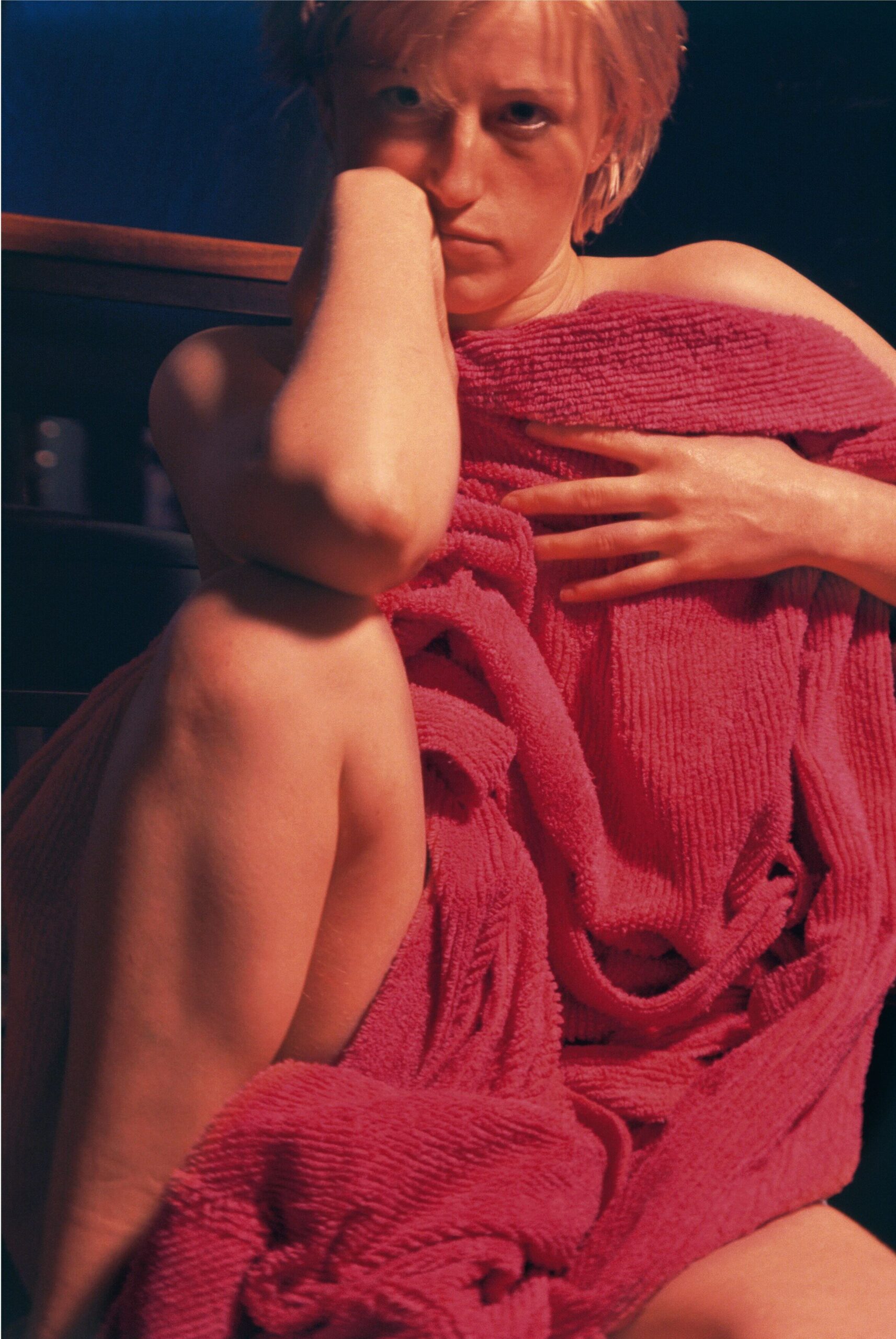
“There have been times when I have just caught a glimpse of a reflection and thought: that is not me. That is somebody else”.

The photo Untitled #92 from the 1981 series Centerfolds – the centerfold was a format suitable for covering the double center page of the popular men’s soft porn magazines of the time – along with others from the same series and selections from Untitled Film Stills (1977-1980), Rear Screen Projections (1980) and Color Studies (1982), will be on display from May 30 to November 4 in the exhibition Cindy Sherman at Cycladic: Early Works at the Museum of Cycladic Art in Athens. The exhibition brings together more than 100 works under the same roof as one of the world’s most comprehensive private collections, creating a link between the female figurines in marble from the 3rd millennium BC, which dominate Cycladic art and have influenced the work of many artists of the 20th and 21st centuries, and the photographic works of the New Jersey artist. In the Early Bronze Age, the archipelago of the Cycladic Islands in the Aegean Sea was the protagonist of migratory waves of people likely coming from the northwestern coasts of Anatolia, who gave rise to a civilization with autonomous characteristics called Cycladic, whose production is distinguished by certain idols, generally in marble, depicting highly stylized female figures with their arms crossed over their stomachs. Among the most widespread hypotheses is that these are representations of deities connected with nature, in continuity with the so-called Venuses: according to most scholars, these figurines represent symbols of fertility and rebirth of the feminine, whose forms have changed over the years, assuming multiple and different roles. Roles that have been differentiated, redefined, and contested; roles that have led to conflicts but have always been considered fundamental to securing a place in common society, from antiquity to the present day.
The exhibition reveals and deconstructs women’s roles and stereotypes, questioning how the representation of women has evolved over time, how societal expectations have changed and been contested, and how art can shape and challenge cultural perceptions.
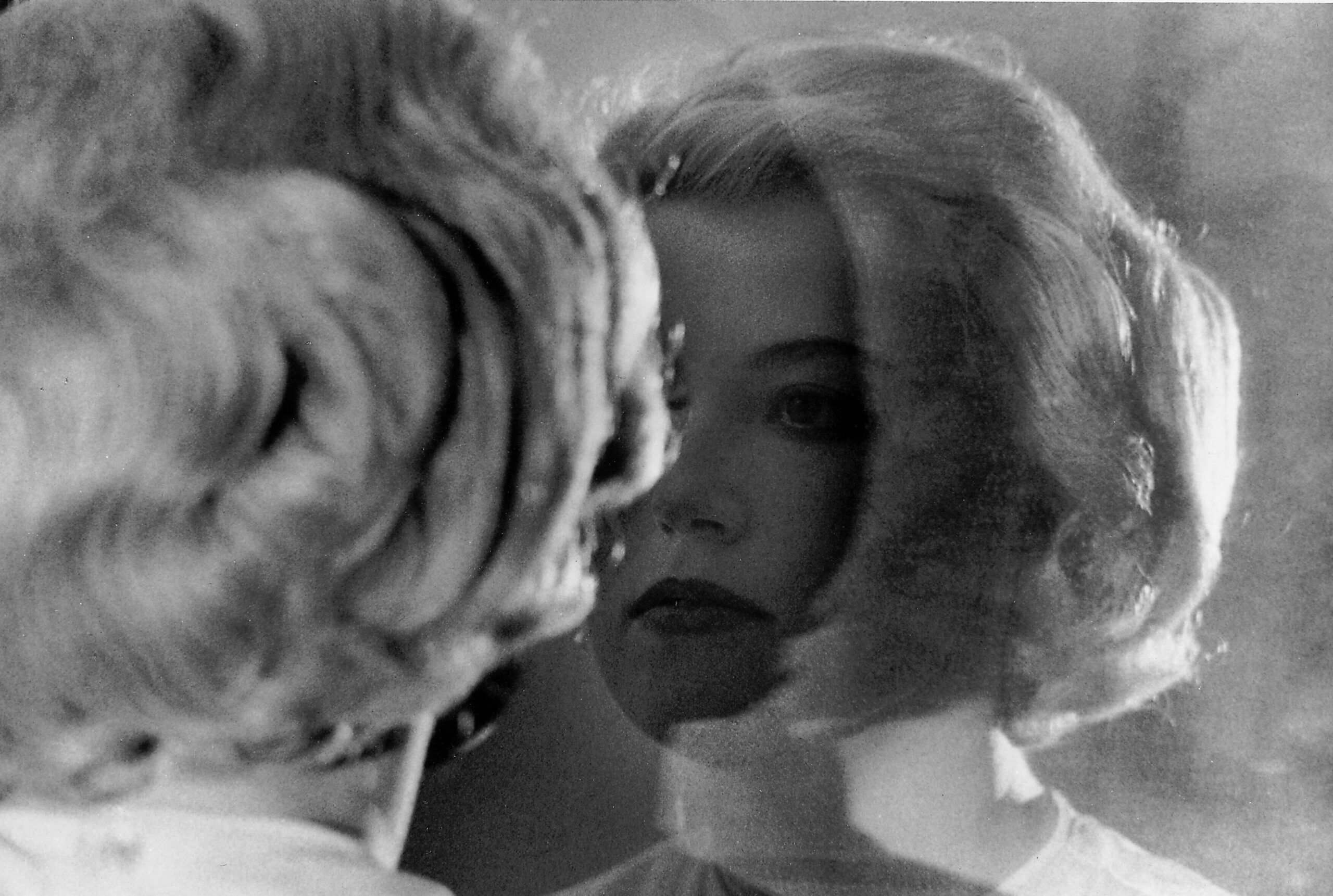
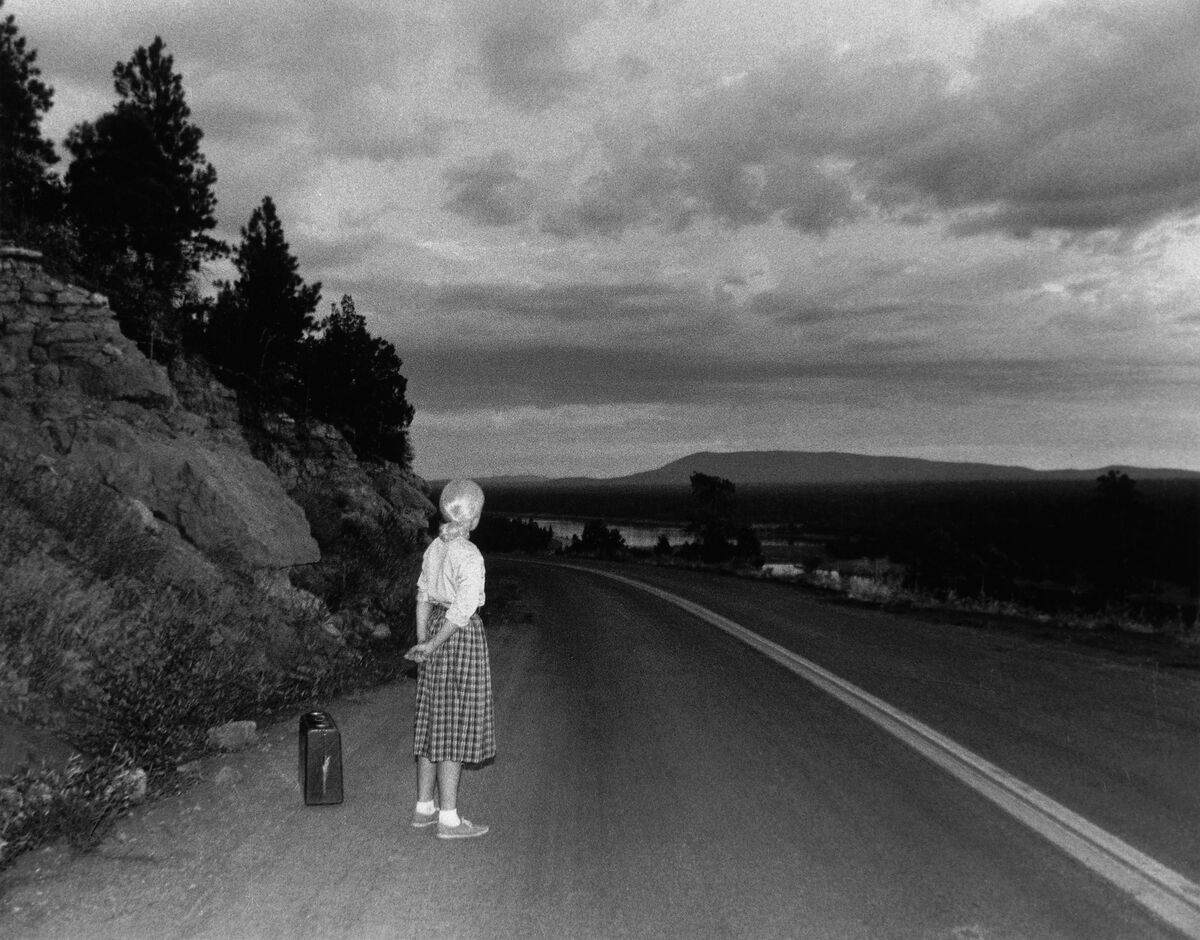
For further information cycladic.gr.
